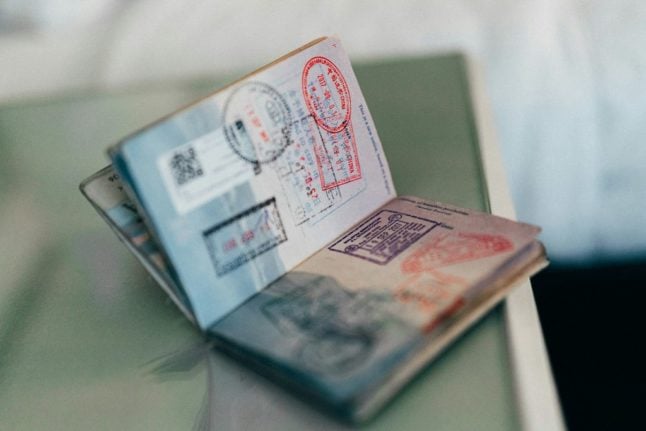ITA Airways and Scandinavian Airlines (SAS), both of which were involved in testing the system, have signed up, and the technology is available to other airlines, newspaper Corriere della Sera reported on Tuesday.
The service is provided by SEA, the company that manages Milan’s Linate and Malpensa airports, using biometric recognition software designed by French IT company Thales and security gates from Swiss company Dormakaba.
To use the service, passengers will need to go to a dedicated kiosk after checking in to register their documents and scan their face, according to the airport’s website.
They can then proceed to boarding by going through a Faceboarding security gate. Passengers can decide whether to register for just one flight or for all flights until December 31st, 2025.
READ ALSO: How will the new app for Europe’s EES border system work?
SEA is reportedly preparing to launch a Faceboarding app that will allow users to register without going to the kiosk in person.
Those who don’t want to use the service will be able to continue to board as usual using their boarding pass and travel documents.
If successful, SEA plans to expand the service to other airports, CEO Armando Brunini told press at the launch.
“We will check how the system works at Linate, but we certainly intend to take it to Malpensa. We will evaluate with which companies and at what times, but we certainly want to export it,” he said.




 Please whitelist us to continue reading.
Please whitelist us to continue reading.
Member comments